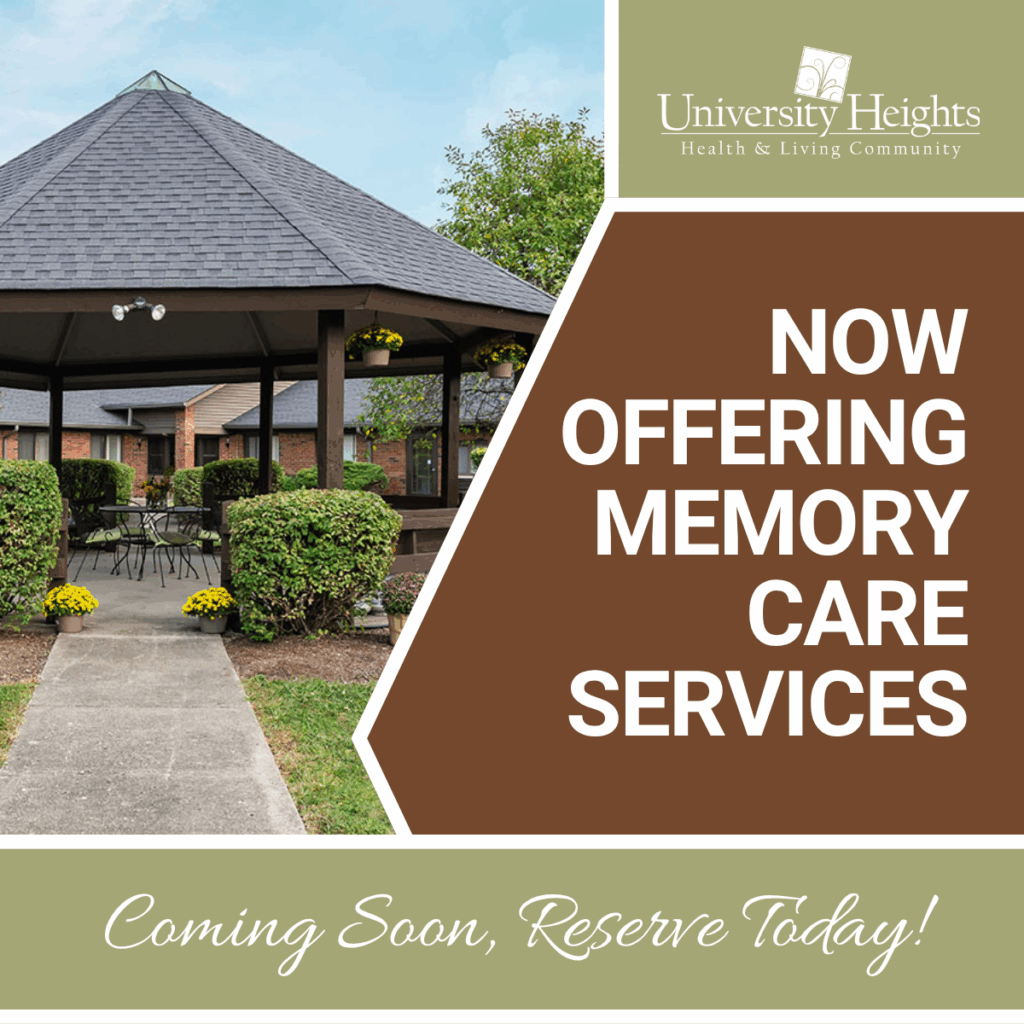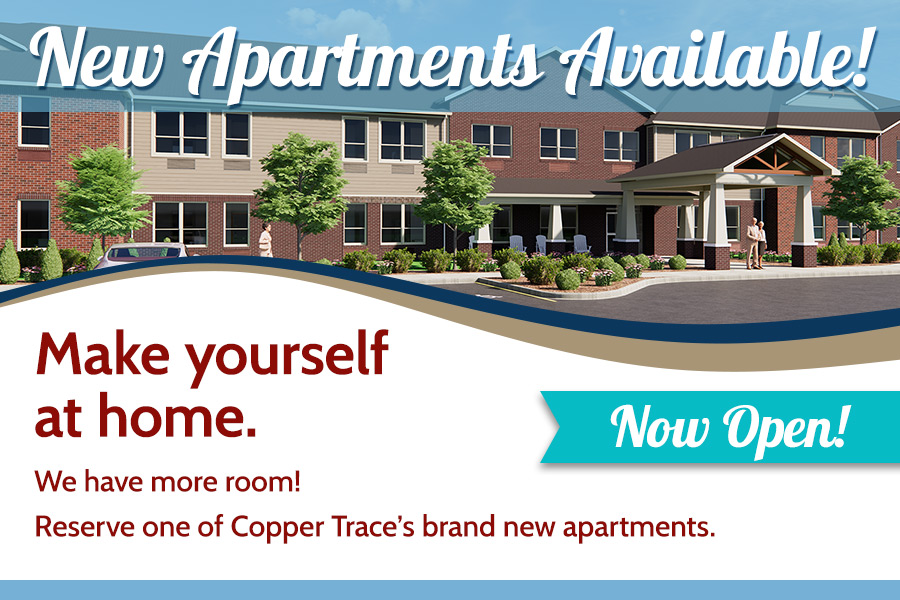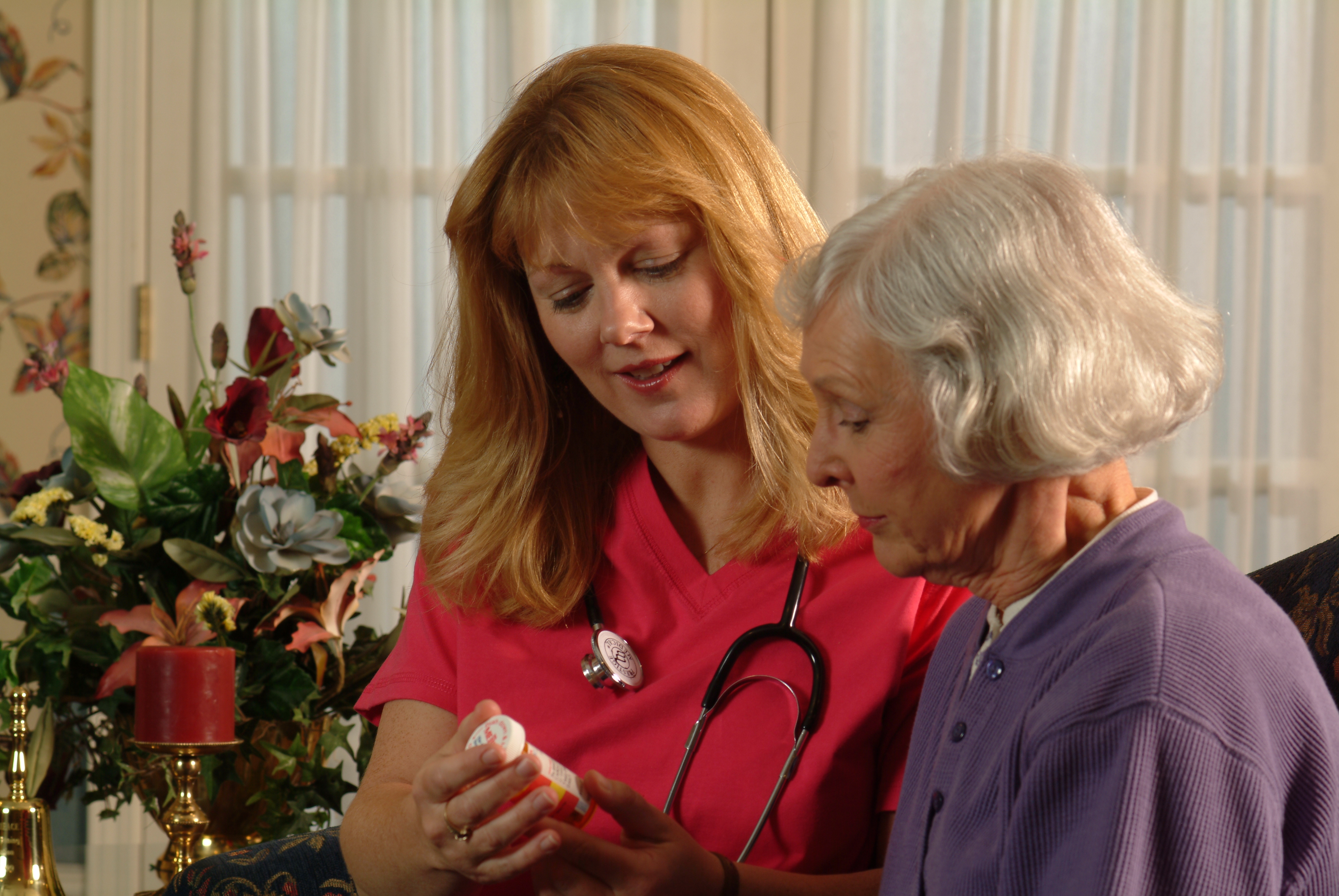
CarDon and Community Hospital partner for innovative hospitalist program
“When patients leave the hospital atmosphere, we don’t want that to be the end of care for them. We in the healthcare industry have to join hands together to take care of our patients — I just never thought it would actually happen.”
But it did happen for CarDon & Associates, based out of Bloomington, Ind. Director of Business Development Jill Rusk has been actively involved in the creation and day-to-day operations of an expansive hospitalist program at CarDon in partnership with Community Hospital South.
“A hospitalist is a highly-educated physician who primarily cares for acutely ill patients in the hospital,” Rusk said. “A patient’s family doctor doesn’t come to the hospital to visit them and follow up on their care — a hospitalist does.”

“Patients are in and out of the hospital so quickly these days,” Rusk said. “Many patients don’t understand where they are going and why, and they don’t have the same physician they knew in the hospital following them to their new location, and that can create a lot of confusion and mistrust.”
The hospital administration at Community Hospital South approached CarDon with an opportunity to change that scenario.
“They saw a need and wanted to join with us to create a hospitalist program that is certainly one of the first of its kind,” Rusk said.
Community South had a desire to extend their hospitalist program into CarDon communities, allowing the physicians who cared for patients in the hospital to follow them to their next healthcare facility, bridging that gap in the healthcare system and giving the patients an added level of continuity.
“Patients throughout our CarDon communities come to us sicker now than they used to as discharge often happens so quickly at the hospital,” Rusk said. “Having this kind of expertise from the Community South hospitalists following patients to CarDon communities creates a sense of comfort both for the patients and their families.”
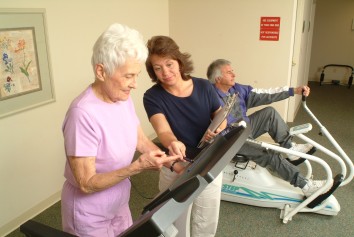
Kevin Neese, M.D., M.B.A., is part of Post-Acute Care Specialists, LLC, (PACS), a group of hospitalists offering integrated and longitudinal healthcare solutions for the medical complexities of today’s patients.
Dr. Neese is the director of the hospitalist program at Community Hospital South — he is also the medical director overseeing all hospitalists at the four southside CarDon communities. He sets the standard for making the transition from the hospital to the senior living community environment a smooth one.
“He’s the type of physician whose easy-going personality and focus on caretaking helps blend families — blending the family at Community Hospital South with the family at CarDon,” Rusk said. “He knows both sides of the business, and he was willing to learn the rules and regulations that apply to rehabilitation communities like CarDon. I really don’t think this program would have worked or made any substantial progress without his involvement.”
The hospitalists rotate through the hospital and are in the CarDon communities with their patients five to seven days a week. They know what plan of care they had with their patients in the hospital, and they continue that care in the CarDon setting.
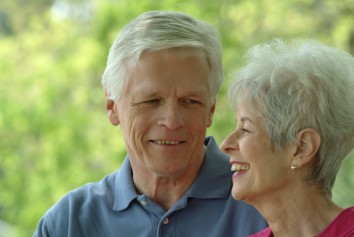
“In the crowded and competitive world of extended care facilities, we have been very blessed to work with an outstanding partner like CarDon,” Dr. Neese said. “They have made what is a highly-regulated environment an easy transition for our group of hospitalists.”
Rusk has dialogue with the hospitalists from Community South as much as she does with the staff at the CarDon communities — and she said that’s how it needs to be.
“As cliché as it might seem, there is a communication breakdown in the healthcare system as it is today,” she said. “We look at ourselves as separate entities, but care doesn’t end for patients when they leave the hospital or a senior living community. At CarDon, we want to be a community resource to care for people, and with this hospitalist program we are now able to treat patients in place here.”
Often, when patients make the transition out of the hospital setting, they don’t see a doctor or have any kind of management of their care services in a post-acute care facility. With CarDon, they do.
“Jill has been a listening pole and rudder, guiding our group to make the CarDon facilities ‘mini’ medical and surgical units for the transition of our complicated and seriously ill patients from Community South Hospital,” Dr. Neese said.
“We have a very positive, long-standing relationship with Community Hospital,” Rusk said. “They are so forward thinking and share our commitment to do something different and take care of the people in our community. Our cultures go together, and when you have like-minded groups of people working together, you can get a lot more movement and have a lot more success.”
And success there has been indeed. With the first two CarDon communities involved in this program, University Heights and Aspen Trace, the readmission rates of patients returning to the hospital have been down and are considerably lower than the state average.
“This program has drastically reduced patient readmission rates back to the hospital or into the emergency room for a condition that may have changed or gotten worse,” Rusk said. “We are now able to treat them in their CarDon community instead of sending them back to the hospital — and they are therefore able to recover more quickly.”
With the program’s success, it’s being considered in partnership with other CarDon communities and Community Hospital locations around the area. It definitely has the attention of the Community Hospital system as a way to do things better.
“There is a lot of fragmentation from one healthcare facility to the next,” Rusk said. “This creates redundancy with patient care and gaps in how we treat them. With this program, we are working together to keep better track of everything we do with the patients and developing a union between acute care at the hospital and post-acute care at our CarDon communities. That way the patient doesn’t experience that gap in care and makes a fluid transition from one location to the next.”
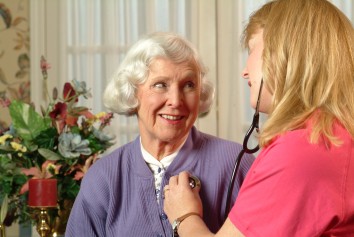
“I’m thoroughly impressed with the Community Hospital approach, care doesn’t stop where the payment stops,” Rusk said. “I’ve wanted something like this to happen for so long — and my hope is it can continue to grow and serve even more people in the future.”

